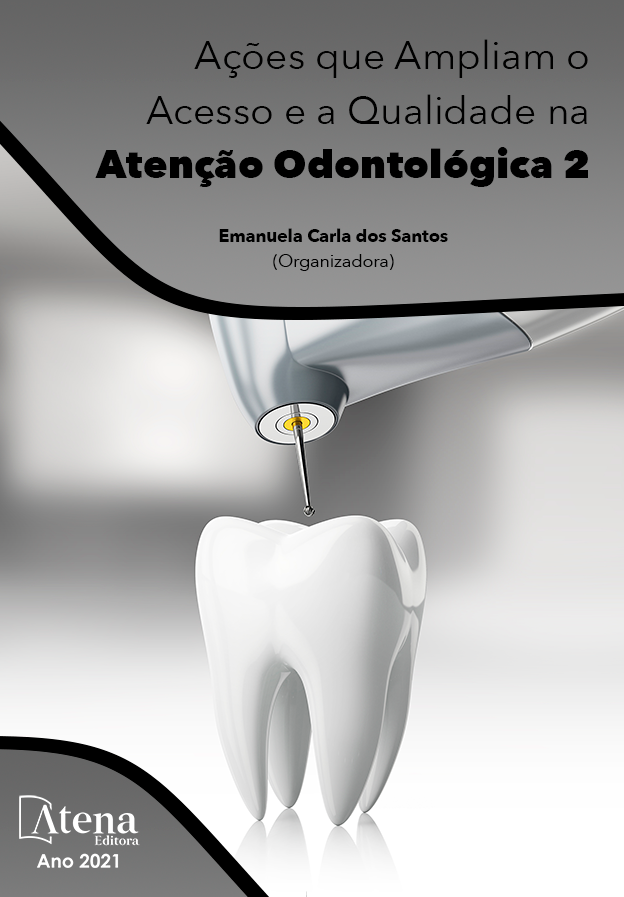
ANÁLISE EPIDEMIOLÓGICA DO CÂNCER DE BOCA (CARCINOMA ESPINOCELULAR)
O Câncer de boca é o sexto mais prevalentes em homens e o sétimo em mulheres. O carcinoma espinocelular (carcinoma epidermóide), representa mais de 95% das neoplasias bucais e faríngeas. Sua etiologia é multifatorial sendo fatores extrínsecos e intrínsecos, mas apenas um fator (carcinogênico) não pré-dispõe o câncer. Se não tratado pode levar a morte. Vários carcinomas epidermóides tem sido precedido por uma lesão potencialmente maligna. Os locais mais comuns são a língua, assoalho de boca, gengiva, mucosa jugal, mucosa labial, palato duro, palato mole, base da língua, região tonsilar e no lábio (carcinoma do vermelhão do lábio). O cirurgião-dentista tem a oportunidade de detectar primeiro o câncer pelo exame clínico. O objetivo desse trabalho foi demonstrar as características, lesões potencialmente malignas e os fatores etiológicos que pré dispõe o carcinoma epidermóide, melhorando nossa prática diária e proporcionando melhor atendimento ao paciente. Visando realizar essa revisão de literatura, foi proposta uma busca dos descritores no site PUBMED, SciELO, com as palavras-chave Dentistry, Epidemiology of oral cancer in Brazil e foram inseridas na base dos dados do PUBMED, SciELO, buscando artigos relevantes. Foram utilizados os filtros “humanos” e “dez anos” para maior delimitação do tema. Foram encontrados sessenta e quatro artigos sobre o tema, dos quais vinte e dois tiveram relevância e tiveram acesso livre. Conclui-se que a epidemiologia do câncer de boca é de suma importância para prevenirmos dos fatores etiológicos, e quanto mais precoce for diagnosticado o câncer melhor o tratamento e consequentemente o prognóstico.
ANÁLISE EPIDEMIOLÓGICA DO CÂNCER DE BOCA (CARCINOMA ESPINOCELULAR)
-
DOI: 10.22533/at.ed.2022130036
-
Palavras-chave: Epidemiologia, câncer de boca e cirurgião dentista
-
Keywords: Epidemiology, oral cancer and dentist
-
Abstract:
Mouth Cancer is the sixth most prevalent in men and the seventh in women. Spinal cell carcinoma (epidermoid carcinoma) represents more than 95% of oral and pharyngeal neoplasms. Its etiology is multifactorial being extrinsic and intrinsic factors, but only one factor (carcinogenic) does not preclude cancer. If untreated it can lead to death. Several epidermoid carcinomas have been preceded by a potentially malignant lesion. The most common sites are the tongue, mouth floor, gum, jugal mucosa, labial mucosa, hard palate, soft palate, base of the tongue, tonsillary region and the lip (vermilion carcinoma of the lip). The dentist has the opportunity to detect the cancer first by clinical examination. The objective of this work was to demonstrate the characteristics, potentially malignant lesions and the etiological factors that predate the epidermoid carcinoma, improving our daily practice and providing better patient care. Aiming to perform this literature review, it was proposed a search of the descriptors in the site PUBMED, SciELO, with the keywords Dentistry, Epidemiology of oral cancer in Brazil and were inserted in the database of PUBMED, SciELO, seeking relevant articles. The filters "human" and "ten years" were used for greater delimitation of the subject. Sixty-four articles on the theme were found, of which twenty-two were relevant and had free access. It was concluded that the epidemiology of oral cancer is of utmost importance to prevent the etiological factors, and the earlier the cancer is diagnosed the better the treatment and consequently the prognosis.
-
Número de páginas: 13
- João Batista de oliveira neto


